Articles
Fireproof doors and windows are vital components of any comprehensive fire safety plan. Constructed with specialized materials and innovative designs, these products create a barrier against fire and smoke, significantly slowing its spread. They are tested and rated to withstand specific durations of intens.
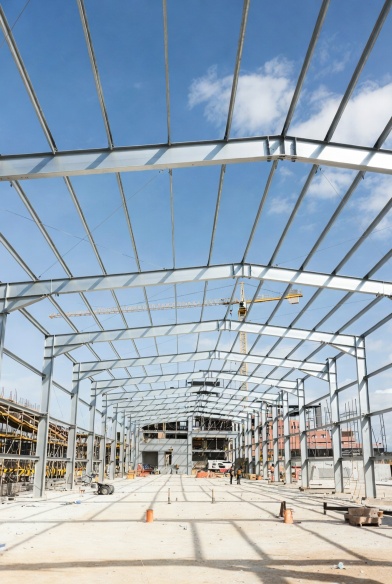
Lightweight steel framing has transformed how external walls and internal partitions are built in the UK. Instead of heavy masonry, many projects now rely on Steel framing systems & SFS Walls to create fast, accurate and efficient building envelopes. These systems sit behind cladding, windows, and fire-rated doors, so their fire performance has a direct impact on the safety of the whole structure.
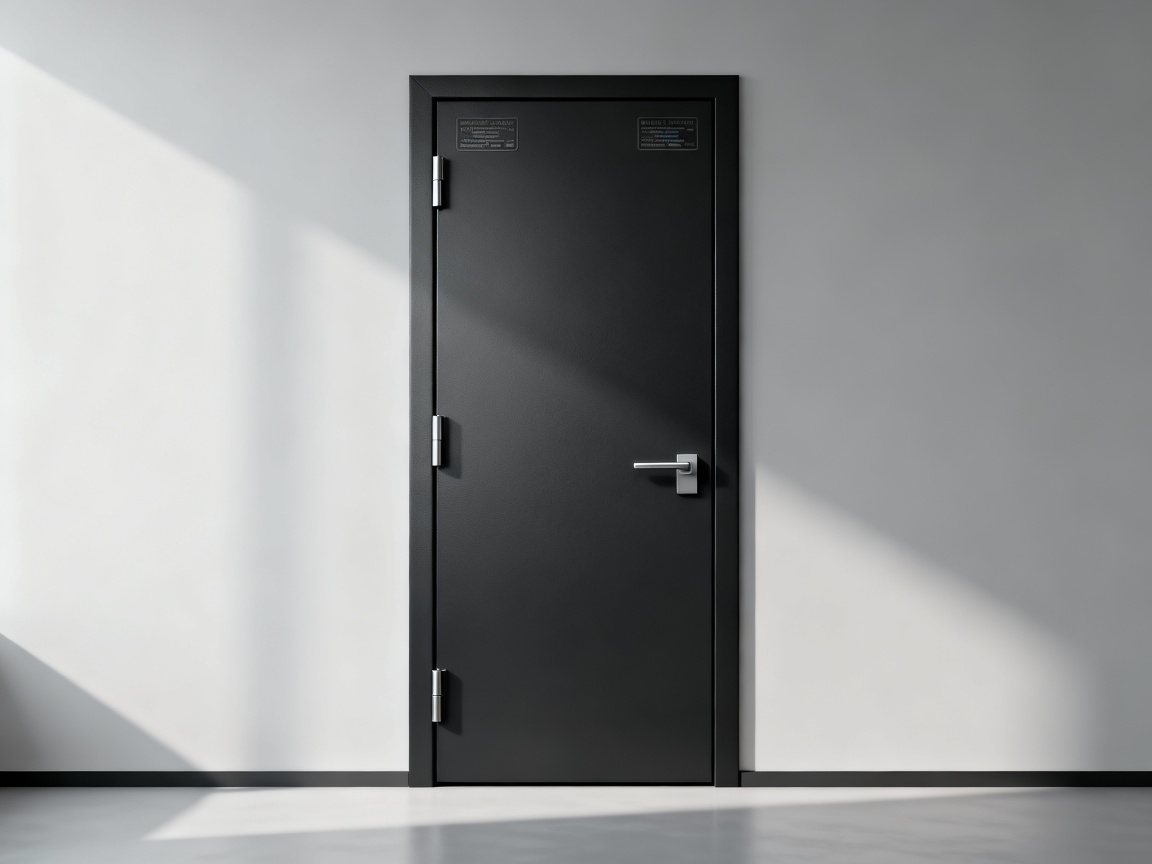
Most people notice the label on a fire door – FD30, FD60, and so on – but pay far less attention to the thin line of light around the leaf. That line is the gap, and in fire safety terms it is critical. The gap around fire door & regulations is not a minor detail: those few millimetres strongly influence whether smoke and flames stay contained or escape into corridors and stairwells.
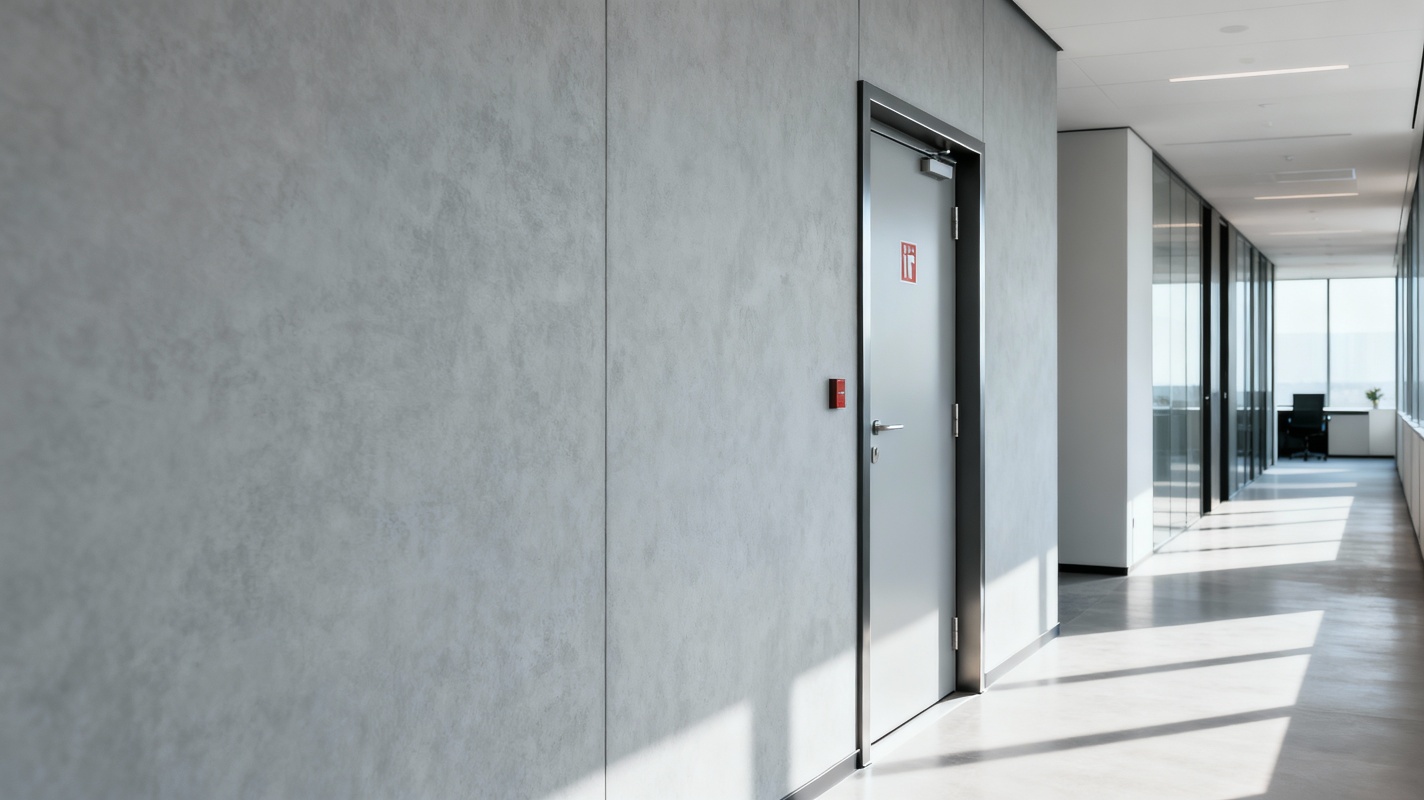
When you are choosing fire resistant solutions – from fire doors and partitions to cladding, ceilings, and linings – you will quickly run into the term – flame spread classification. On datasheets and certificates it may appear alongside codes like BS 476, EN 13501-1 or ASTM E84, plus numbers and letters that are not immediately obvious if you do not work with them every day.

When a fire breaks out, a certified fire door can be the difference between safe evacuation and a rapidly spreading incident. But even the best fire doors only work if they are installed, maintained, and inspected correctly. That is where certified fire door inspection training becomes essential: it turns general awareness into professional competence and documented compliance.

In a fire, smoke is often more dangerous than flames. It reduces visibility, blocks escape routes, and can spread quickly through stairwells and corridors. That is why modern buildings increasingly rely on the automatic opening ventilator, usually shortened to AOV, as a key part of their smoke control strategy.
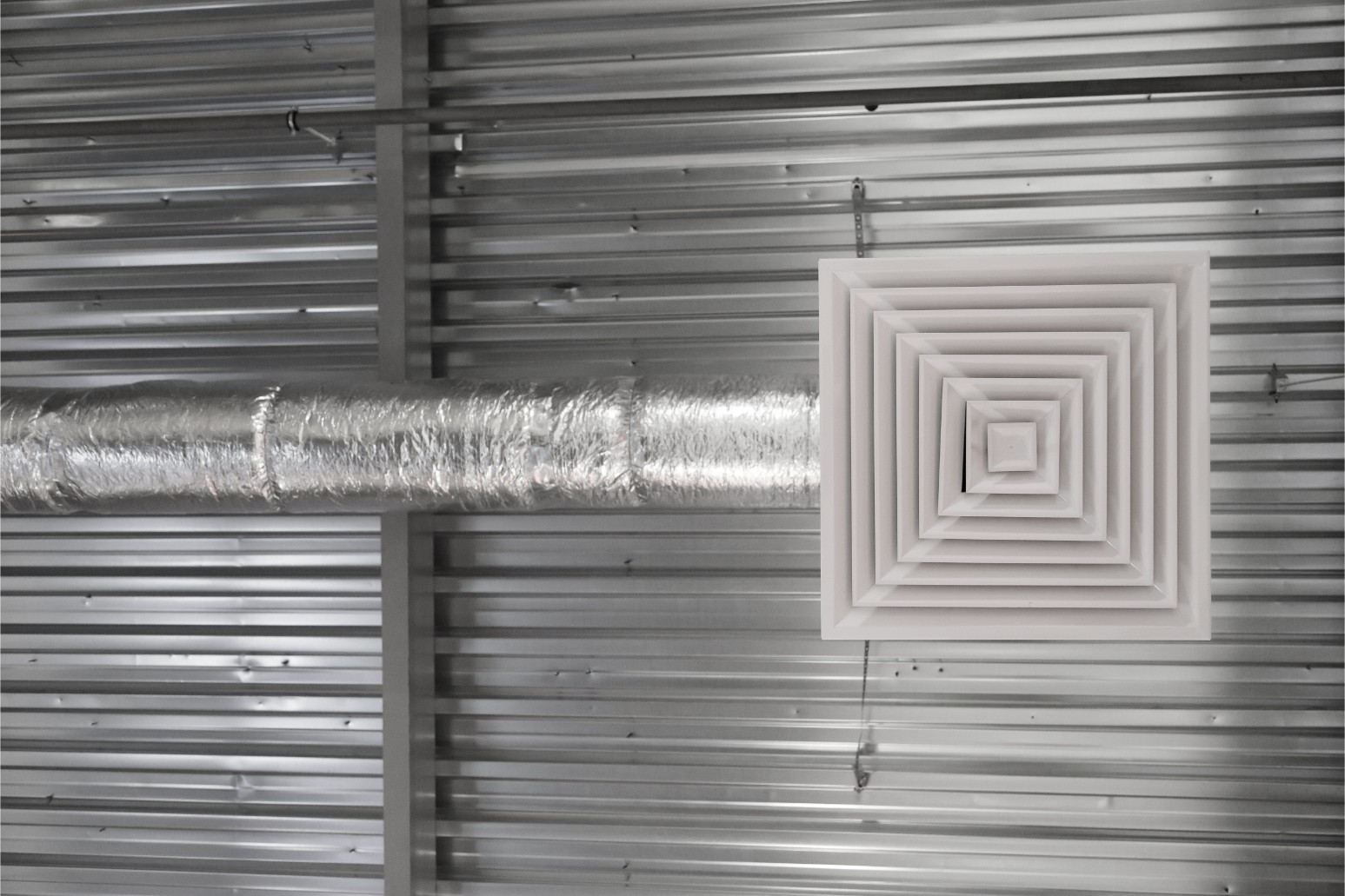
Did you know that smoke inhalation, not flames, is responsible for between 50% and 80% of all fire-related deaths? In the UK alone, this grim statistic highlights how toxic smoke can turn a survivable fire into a deadly catastrophe faster than you might think. It’s a reality that underscores the critical need for robust smoke control measures in buildings.
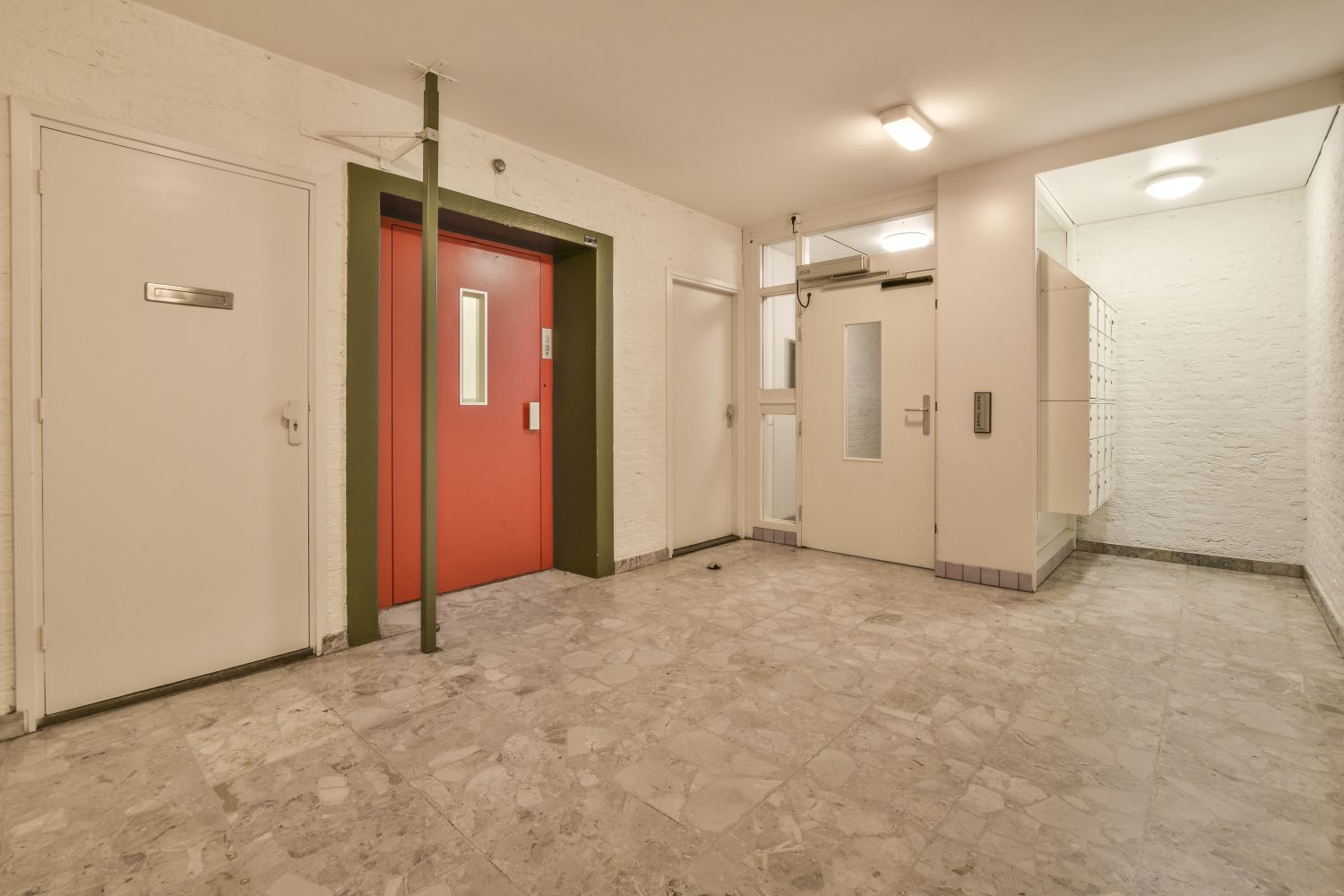
Envision a late-night fire starting in the kitchen of a high-rise apartment building. As flames begin to spread, the fire doors in the corridors and stairwells swing shut automatically, containing the blaze and allowing residents to evacuate safely through smoke-free paths.
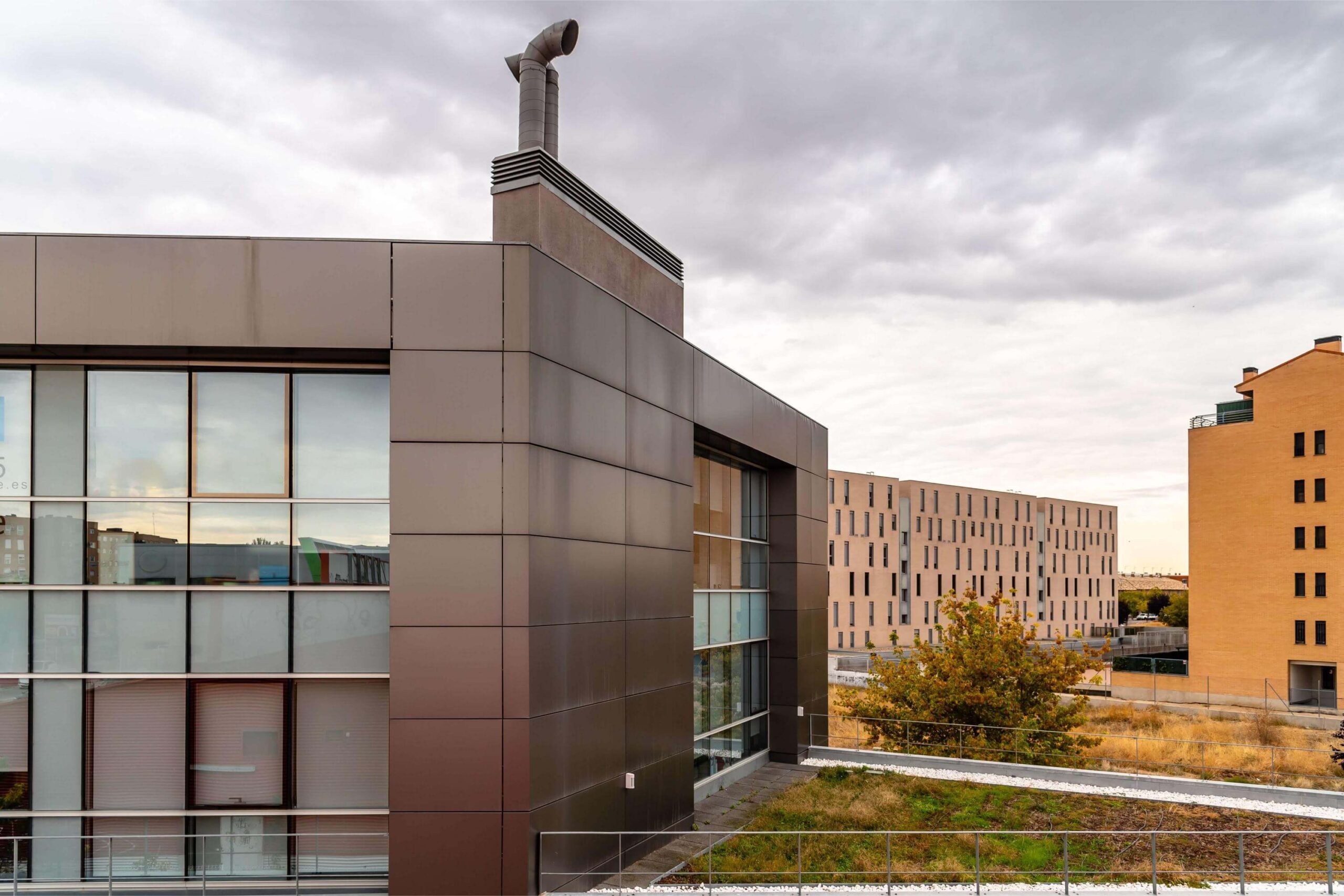
Imagine a quiet evening in a bustling city apartment block when suddenly, an electrical fault sparks a blaze in one unit. The flames lick at the walls, but instead of crumbling, the structure holds firm, giving residents precious minutes to escape.
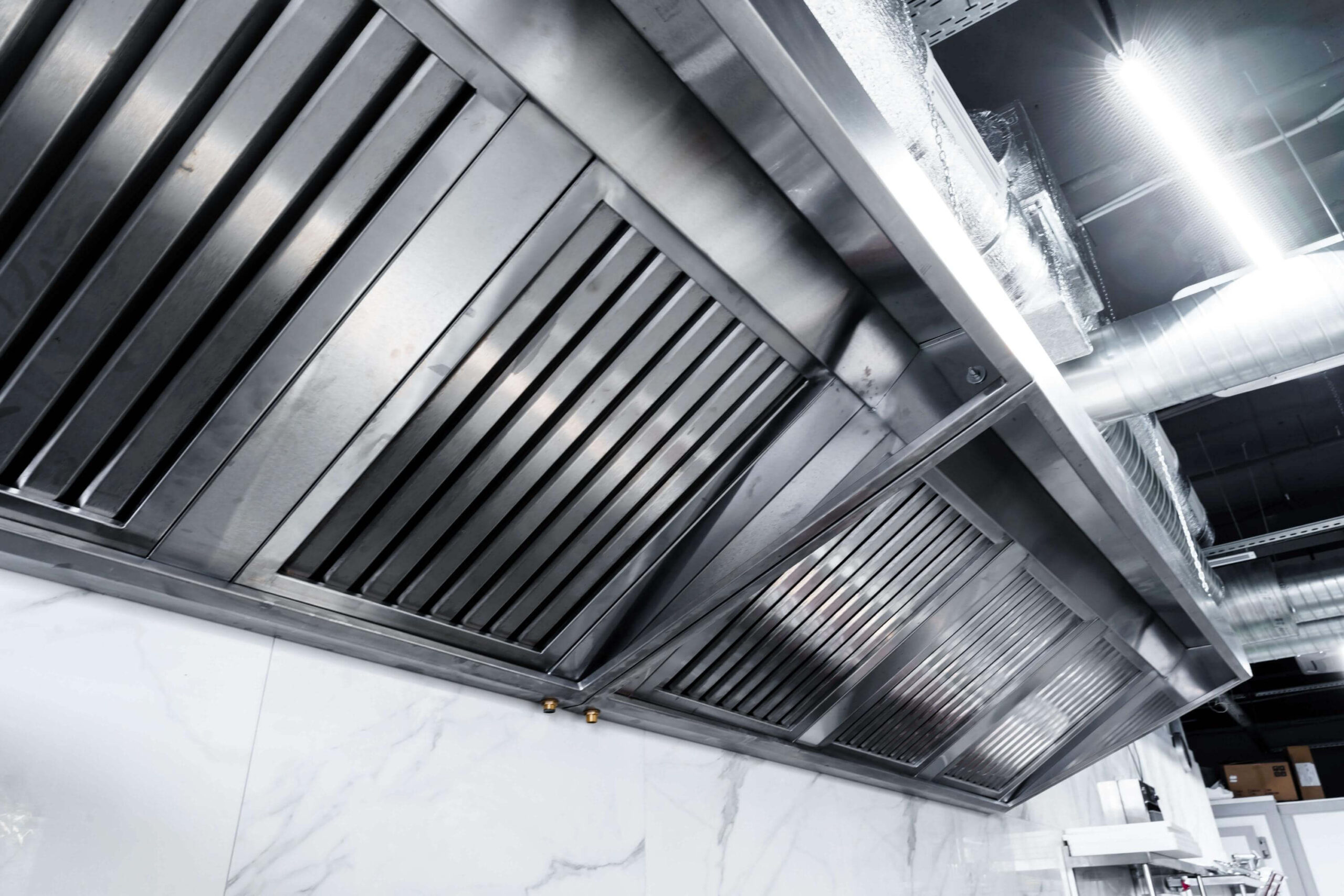
Picture this: a fire breaks out in a bustling apartment block during the evening rush. Flames might be contained initially, but it’s the thick, toxic smoke that races through corridors and stairwells, disorienting residents and blocking escape paths. This scenario isn’t just hypothetical—it’s a stark reminder from past incidents like the Grenfell Tower fire, where smoke inhalation claimed numerous lives.



